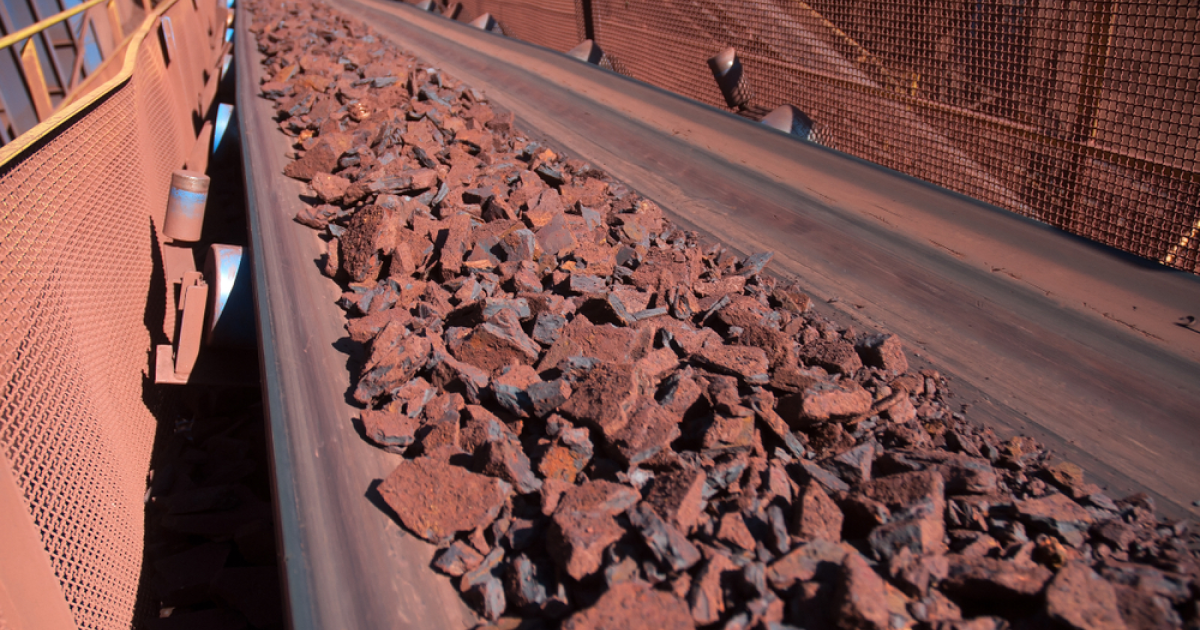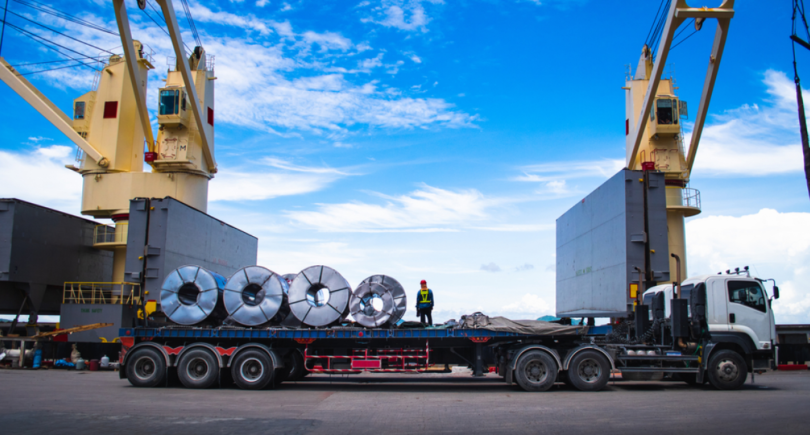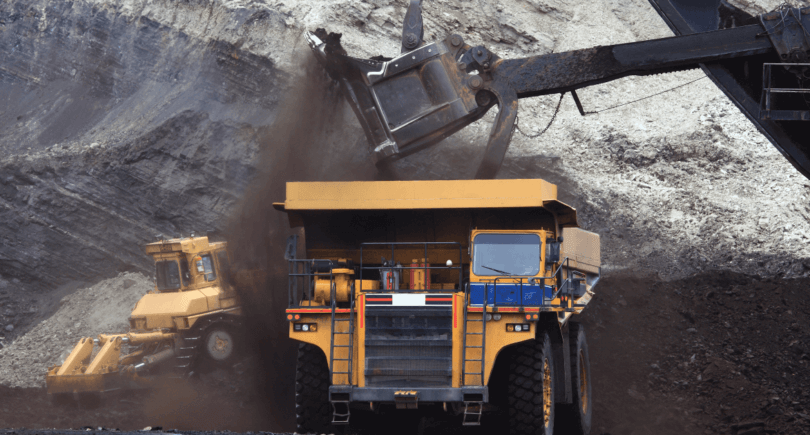
News Global Market iron ore 3243 15 March 2024
Raw materials are already playing the role of an economic indicator
Last year, trading volumes of iron ore contracts on the Singapore Exchange (SGX) reached more than 4 billion tons. Will Chin, Head of Commodities at SGX, told S&P Global in an interview.
According to him, this is about three times the physical volume of maritime trading. This year, it is expected to reach more than 5 billion tons.
Contract volumes on the SGX, the largest iron ore derivatives exchange outside of China, have increased eightfold over the past decade following the launch of futures and options on this raw material in 2009.
According to Will Chin, the recent significant growth in iron ore trading volumes on commodity platforms, including the Singapore Exchange, could be the «tip of the iceberg» as investor interest grows and the commodity develops as an economic indicator.
China’s Dalian Commodity Exchange, a key international trading forum that also offers physical deliveries, reported on March 14 that its ore futures contract had increased trading volumes to 80-100 million tons per day in recent months.
China consumes 70% of the world’s iron ore and is 80% dependent on imports, which in turn face seasonal and transportation risks, making this commodity attractive for hedging.
As GMK Center reported earlier, May iron ore futures, the most traded commodity on the Dalian Commodity Exchange, fell by 8.9% week-on-week to RMB 807.5/t ($112.29/t) in the period from March 6 to 13, 2024. On the Singapore Exchange, quotations of basic April futures as of March 13 decreased by 10.8% compared to the price a week earlier – to $103.45/t. As a result, prices for raw materials fell to their lowest level since August 2023.




